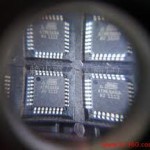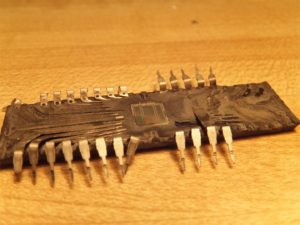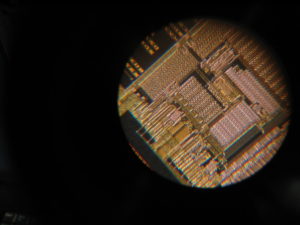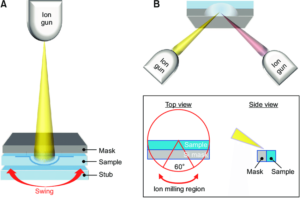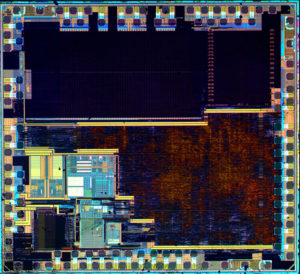Unlock Microcontroller ATtiny4313A Heximal
Unlock Microcontroller ATtiny4313A and then extract the firmware out from its flash and eeprom memory, the format of the file will be as Heximal or binary, and when engineer download the file into other blank MCU, it will serve as exactly the same functions as originals;
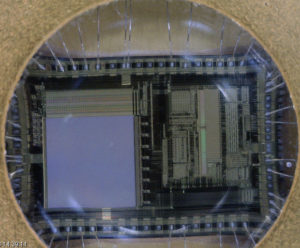
Unlock Microcontroller ATtiny4313A and then extract the firmware out from its flash and eeprom memory, the format of the file will be as Heximal or binary, and when engineer download the file into other blank MCU, it will serve as exactly the same functions as originals
The device is manufactured using Atmel’s high density non-volatile memory technology. The On-chip ISP Flash allows the program memory to be reprogrammed In-System through an SPI serial interface, or by a conventional non-volatile memory programmer.
By combining an 8-bit RISC CPU with In-System Self-Programmable Flash on a monolithic chip, the Atmel ATtiny4313a is a powerful microcontroller that provides a highly flexible and cost effective solution to many embedded control applications.
The ATtiny4313a AVR is supported with a full suite of program and system development tools including: C Compilers, Macro Assemblers, Program Debugger/Simulators, In-Circuit Emulators, and Evaluation kits.
The ATtiny4313a differ only in memory sizes. Table 2-1 summarizes the different memory sizes for the two devices. A comprehensive set of drivers, application notes, data sheets and descriptions on development tools are available.
This documentation contains simple code examples that briefly show how to use various parts of the device. These code examples assume that the part specific header file is included before compilation.
Be aware that not all C compiler vendors include bit definitions in the header files and interrupt handling in C is compiler dependent. Please confirm with the C compiler documentation for more details.
For I/O Registers located in the extended I/O map, “IN”, “OUT”, “SBIS”, “SBIC”, “CBI”, and “SBI” instructions must be replaced with instructions that allow access to extended I/O.
Typically, this means “LDS” and “STS” combined with “SBRS”, “SBRC”, “SBR”, and “CBR”. Note that not all AVR devices include an extended I/O map.
Tags: unlock microcontroller flash archive,unlock microcontroller flash binary,unlock microcontroller flash code,unlock microcontroller flash content,unlock microcontroller flash data,unlock microcontroller flash eeprom,unlock microcontroller flash file,unlock microcontroller flash firmware,unlock microcontroller flash heximal,unlock microcontroller flash information,unlock microcontroller flash memory,unlock microcontroller flash program


